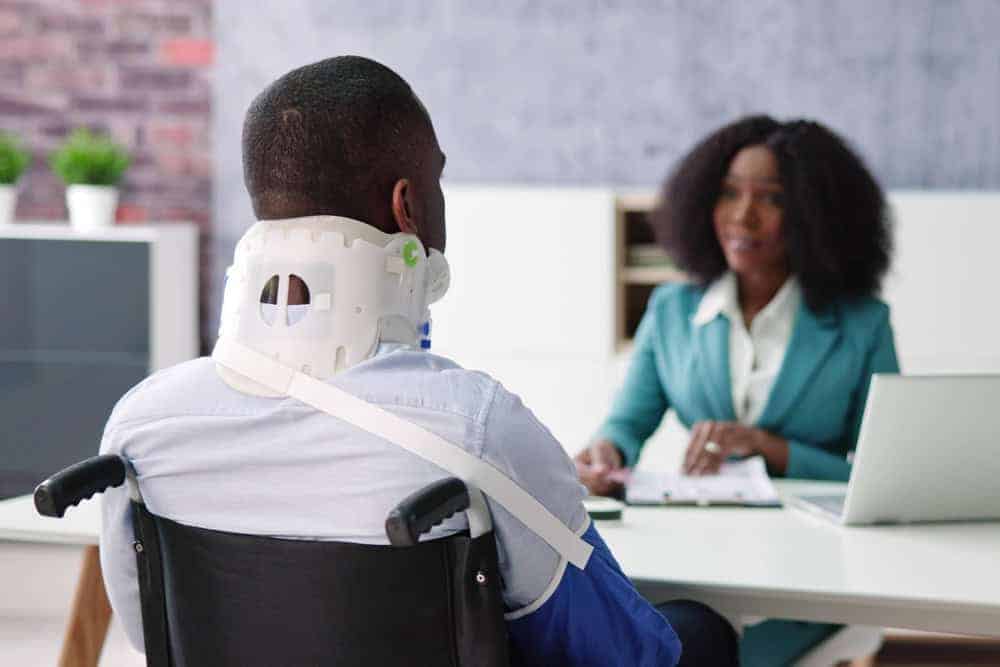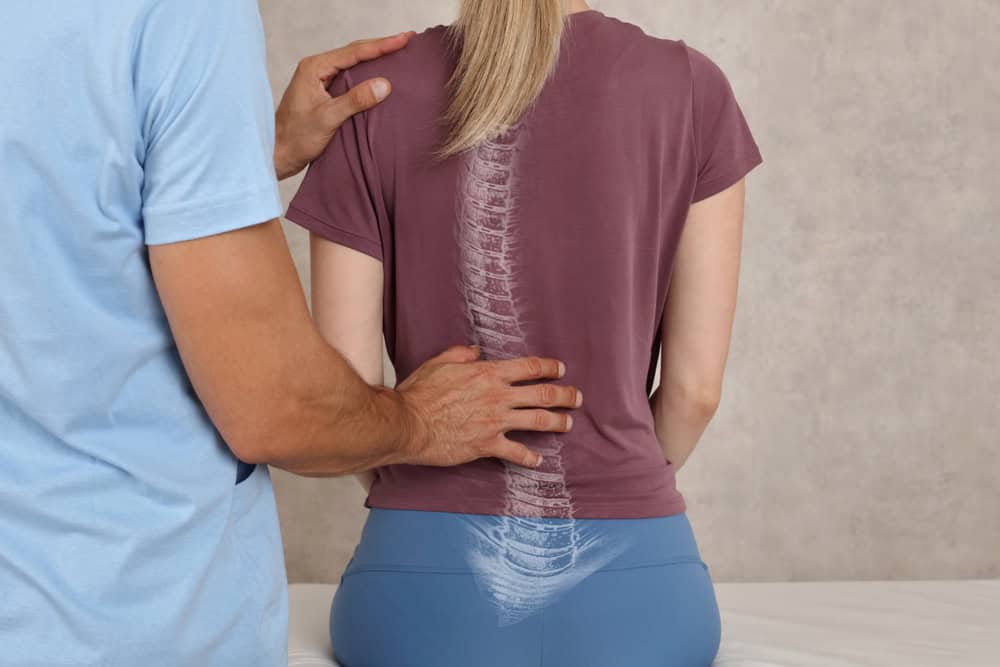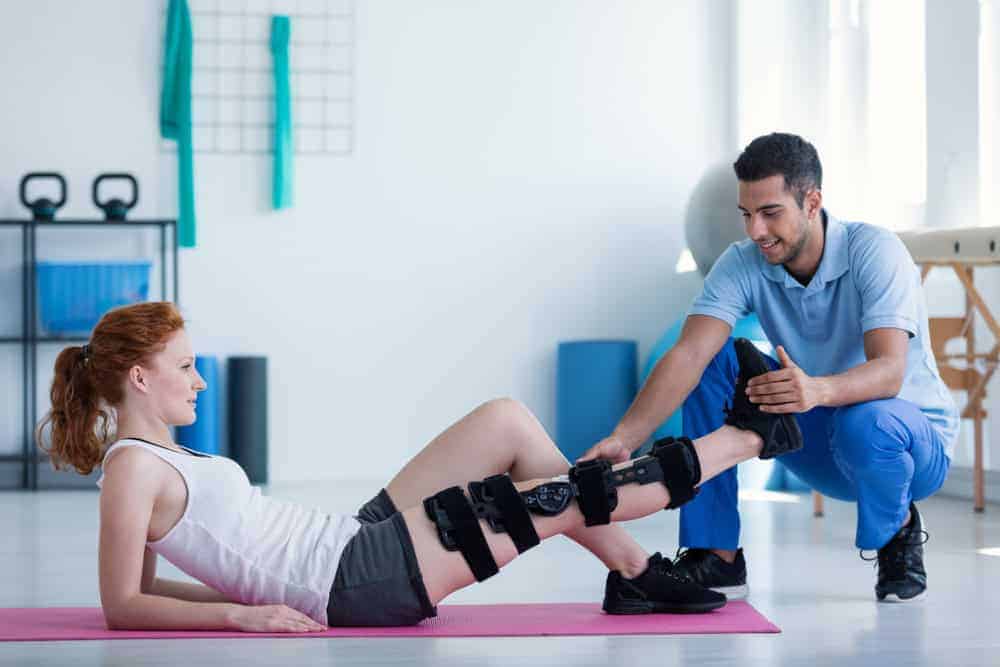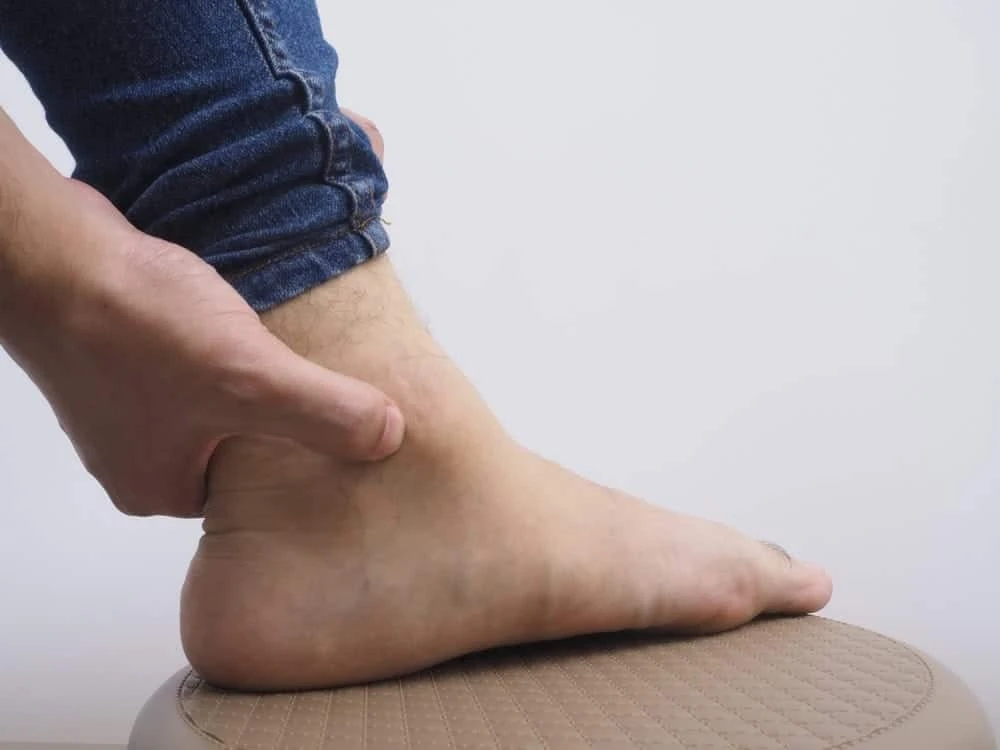Summary:
The Philosophy of Integrated Pain Management
Modern pain management philosophy is not limited to solely addressing symptoms. The focus is on improving function, improving quality of life, and treating the individual with a patient-centered model. Integrating alternative therapies alongside conventional medical treatments (like medications or injections) can obtain better results in your lifestyle. This approach may help reduce reliance on medication, minimize side effects, and provide patients with a broader toolkit for managing their pain. The goal isn’t necessarily to replace traditional methods but to augment them, creating a synergistic effect, which is the norm in advanced practices.

Starting with Assessment and Personalized Planning
The integration begins with a thorough patient evaluation. The process involves understanding the patient’s pain history, its characteristics, previous treatments, lifestyle factors, and preferences regarding therapies. A complete physical exam helps pinpoint the pain sources. Based on this assessment, an intricate pain management plan is developed. This plan outlines which combination of traditional medical interventions and suitable alternative therapies might be most beneficial. Collaboration between different providers, if involved, establishes a cohesive approach according to the patient’s needs and goals for rehabilitation.
Physical Modalities: Key Components of Rehab
Physical therapy (or physiotherapy) is often a cornerstone of integrated pain management, especially for orthopedic issues like back pain treatment or injury rehabilitation. Authorized therapists utilize techniques within orthopedic physical therapy or sports physical therapy. Manual therapy involves hands-on mobilization of joints and soft tissues to reduce stiffness and pain. Therapeutic exercise programs are designed to improve strength, flexibility, posture, and body mechanics, addressing underlying physical contributors to pain. This type of active rehabilitation focuses on improving long-term function and is essential following various types of surgery.
Want live answers?
Connect with a NY Spine Medicine expert for fast, friendly support.
Adding Other Complementary Approaches
Other alternative therapies are frequently integrated into pain management plans in NYC. Acupuncture, involving the insertion of fine needles at specific points, is used to modulate pain signals and promote natural pain relief mechanisms. Therapeutic massage can help reduce muscle tension, improve circulation, and alleviate stress associated with chronic pain. Mind-body practices like yoga, tai chi, or mindfulness meditation help patients develop coping strategies, raise body awareness, and potentially lessen the perception of pain.

How Alternative Methods Complement Medical Care
These therapies work hand-in-hand with medical treatments. Acupuncture might help reduce the need for high doses of pain medication by influencing nerve pathways. Manual therapy can ease muscle spasms that contribute to conditions like chronic back pain, in addition to the effects of anti-inflammatory drugs or injections. Mind-body practices equip patients with tools to manage pain flare-ups and the psychological impact of chronic conditions, which medication alone cannot address. In post-operative care scenarios, physical therapy is critical for regaining function after surgical interventions, working alongside the healing process guided by the surgeon.
Determining Suitableness and Monitoring Progress
Not every therapy is suitable for every patient. Practitioners assess individual relevance, considering any drawbacks (reasons a therapy shouldn’t be used), potential interactions with other treatments, and the patient’s comfort level and commitment. Once an integrated plan including alternative therapies begins, ongoing monitoring is at the forefront. Progress toward pain reduction and functional goals is tracked regularly. Adjustments to the types of therapy, frequency, or intensity are made based on the patient’s response, allowing the plan to be receptive to their evolving needs throughout the rehabilitation.
A Professional Path to Pain Relief
In conclusion, leading NYC pain management practices incorporate alternative therapies through careful patient assessment, personalized planning, and ongoing monitoring. Methods like physical therapy, manual therapy, acupuncture, and mind-body practices are often used in conjunction with traditional medical care to treat pain. If you’re seeking holistic pain management in New York City, contact NY Spine Medicine to explore integrated treatment options.






